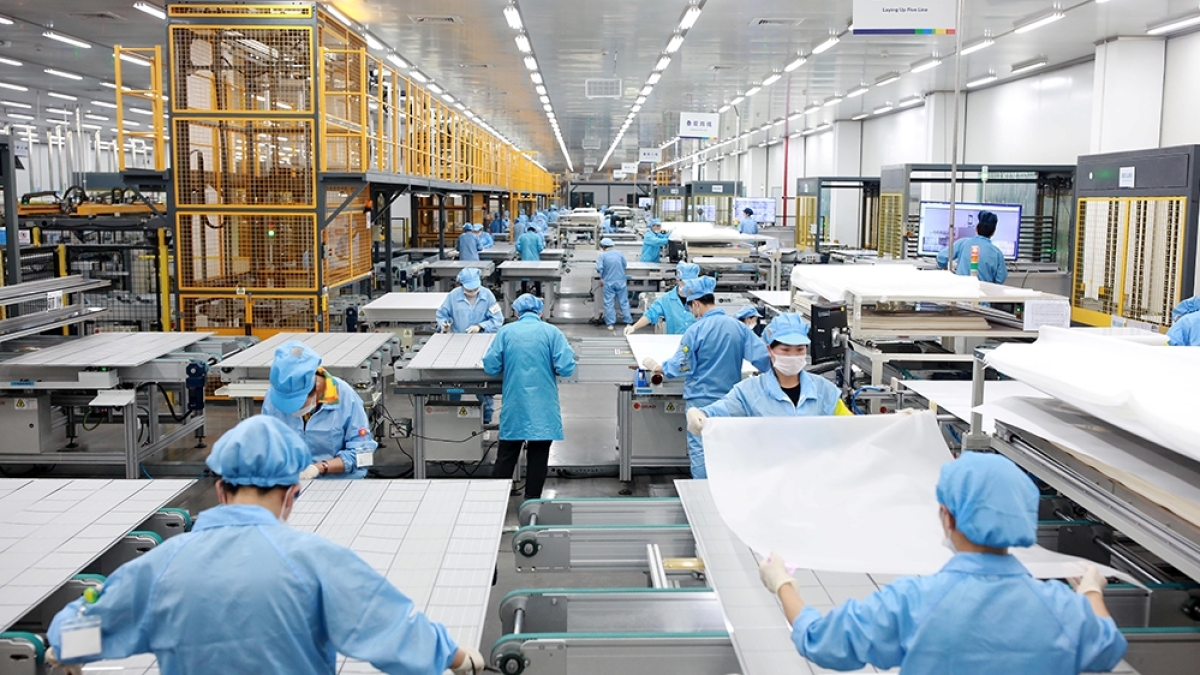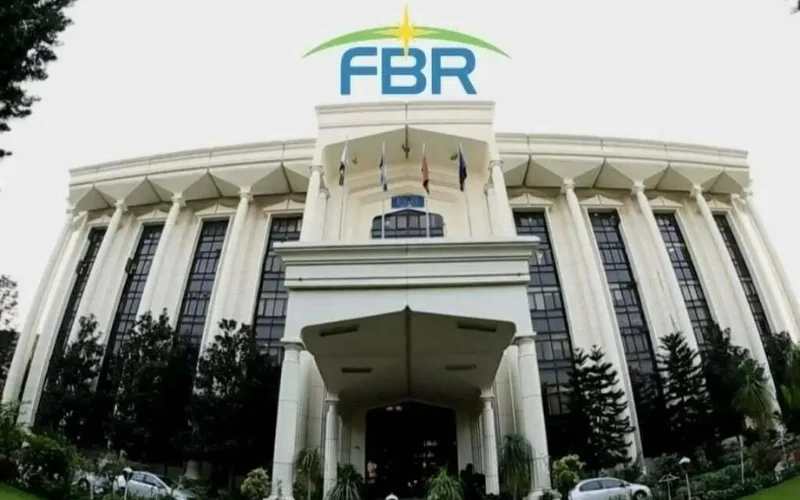China’s factory sector contracted at its fastest pace in 16 months this April, as fresh U.S. tariffs under Donald Trump’s “Liberation Day” trade package ended a short-lived recovery and renewed pressure on Beijing to roll out stronger economic stimulus.
The official manufacturing Purchasing Managers’ Index (PMI) dropped sharply to 49.0 in April from 50.5 in March, according to the National Bureau of Statistics (NBS). This was the weakest reading since December 2023 and below market expectations of 49.8 — signaling renewed contraction in the world’s second-largest economy.
The decline comes as China faces weakening external demand and limited domestic consumption, even as officials maintain optimism about the country’s ability to withstand U.S. trade shocks. Manufacturers had earlier boosted shipments in anticipation of the tariffs, but the actual imposition has forced them to halt that strategy, intensifying the strain on policymakers.
The non-manufacturing PMI, which includes services and construction, also dipped to 50.4 from 50.8 — still in growth territory but reflecting softening sentiment.
“The sharp drop in the PMIs likely overstates the impact of tariffs due to negative sentiment effects, but it still suggests that China’s economy is coming under pressure,” said Zichun Huang, China Economist at Capital Economics. He forecasted China’s growth at just 3.5% for 2025, well below the government’s 5% target.
The timing of President Trump’s move — imposing a steep 145% tariff on Chinese imports — adds to the challenges Beijing faces amid sluggish income growth, persistent deflationary pressures, and a prolonged real estate downturn.
Despite official denials of any negotiation plans with Washington, Beijing has accelerated stimulus measures to cushion the impact. Vice officials from China’s National Development and Reform Commission (NDRC) announced upcoming economic policies tailored to the current downturn, following commitments by the Politburo to support affected firms and workers.
Private surveys mirrored the grim picture, showing steep declines in new export orders and overall manufacturing performance.
While Beijing insists it can meet its 2025 growth target, major institutions like the IMF, Goldman Sachs, and UBS have downgraded their forecasts, citing escalating trade tensions. Analysts widely agree a prolonged trade standoff with the U.S. will weigh heavily on China’s growth outlook.



